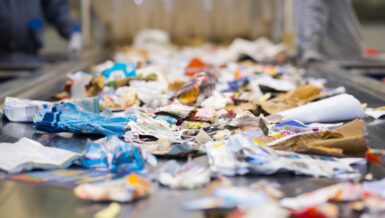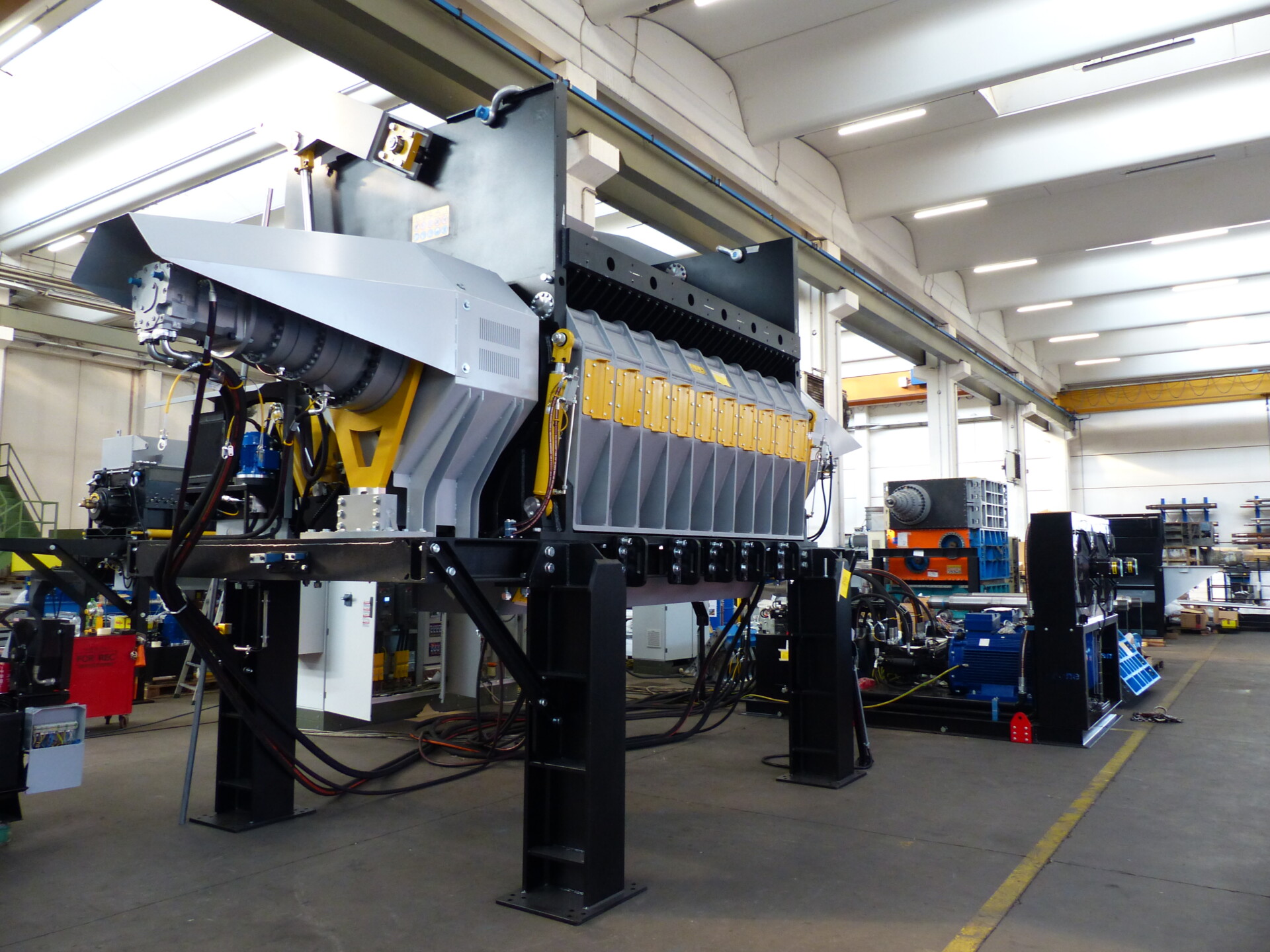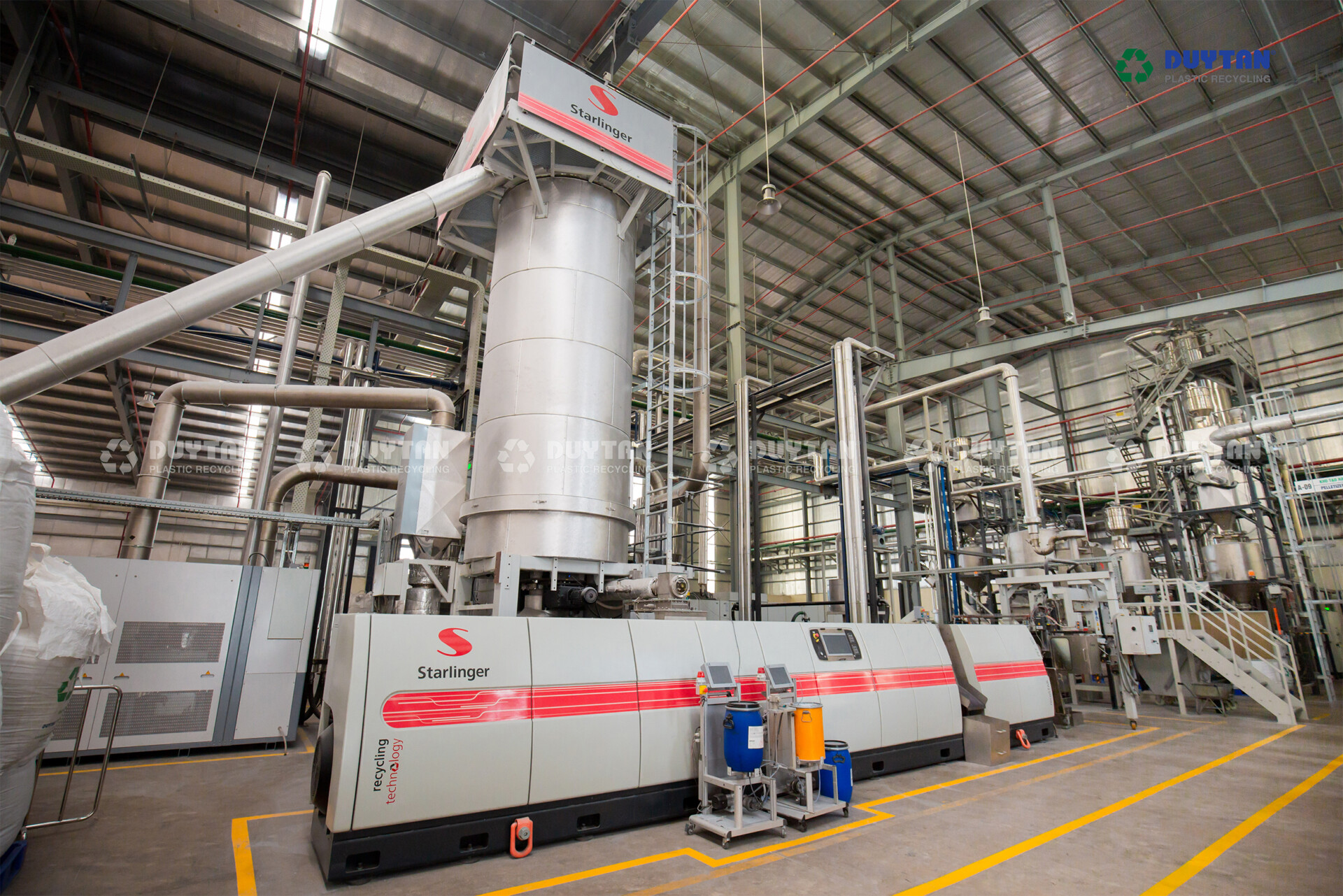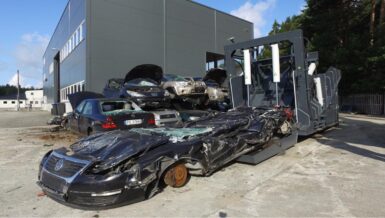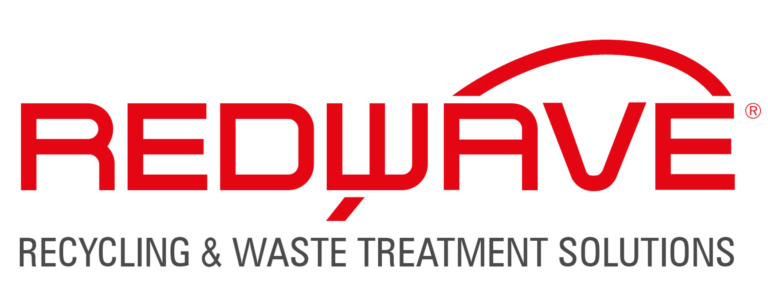CFC depletes the ozone layer, and its greenhouse effect is 4,000 times more powerful than CO2. At the same time, the materials in the pipes must be recyclable.
It is now many years since the highly climate-damaging gas CFC (also known as Freon) was banned and phased out as part of the insulation material that until 1987 was used in e.g. refrigerators, freezers, air conditioners, and district heating pipes. While there are rules for how CFC-containing refrigeration furniture is handled and recycled, this does not apply to CFC-containing district heating pipes. There are about 26,000 kilometers of them buried in the Danish soil alone.
A consortium consisting of the Danish Technological Institute, Eldan Recycling A/S, Dan Jord A/S, Stena Recycling A/S, and GasDetect ApS will spend the next few years developing a concept for how district heating pipes can be handled and recycled. We owe this to future generations, says Bjørn Malmgren-Hansen from the Danish Technological Institute:
– If we do nothing about it, the CFC gas will seep out of the pipes just as quietly, and the problem will be left to the next generations. The insulation in the pipes contains so much CFC gas that it corresponds to a third of Denmark’s annual CO2 emissions. In addition, the pipes are a resource. They contain a lot of steel, plastic, and PUR foam, which with the right technology can be completely or partially recycled.
Developing a treatment concept
The goal is to develop a treatment concept that enables the CFC-containing district heating pipes to be identified, broken down, sorted, and processed for recycling. This must be done by developing:
- new methods for sorting and pre-treatment of excavated pipes
- a further instrument for the identification of CFC gases in district heating pipes
- new reprocessing methods
- new equipment for reprocessing with a focus on environmentally friendly extraction of the plastic sheath (HDPE), the insulating foam (PUR), and steel for recycling
The goal: recycling at least 95%
Two of the country’s leading companies in technology for waste management and recycling are participating in the project, Eldan Recycling A/S and Stena Recycling A/S.

The treatment concept for district heating pipes must build on the technology that Eldan Recycling A/S already uses to break down refrigerators and similar appliances, which also contain metal, plastic, and PUR foam. The goal is to ensure that 99% of the CFC gases from all processes are collected and that more than 95% of the materials in the pipes are recycled.
– Today, only the steel in the pipes is partially recycled. The other materials are typically deposited. We need to do something about this, and we already know a lot about how to handle CFC-containing refrigerators safely and in an environmentally friendly manner. We can draw on that knowledge in this project, says Jan Kjær from Eldan Recycling A/S.
Innovative solution to an international problem
Buried CFC-containing district heating pipes are not only a problem in Denmark, but also in other countries where district heating is widespread, e.g. in the Nordic countries, Germany, and the Baltics. There are no concepts on the market that can handle the pipes in a safe and sustainable way. Therefore, the technology suppliers involved expect that a full-scale solution will accommodate significant export opportunities.
Once the project proves that it is possible to remove the CFC gas and recycle the pipes, there will be both an incentive to introduce legal requirements for treatment so that it will subsequently be possible to invest in full-scale plants. Therefore, the project partners expect to pave the way for both being at the forefront of legislation and achieving good business opportunities in the long term.
The project is supported by the Danish Environmental Protection Agency.
The recycling potential of the buried district heating pipes and the savings in CFC emissions are expected to be:
- 125,000 metric tonnes of steel
- 50,000 metric tonnes of hard plastic
- 30,000 metric tonnes PUR
- 4,000 metric tonnes of CFC (equivalent to 8 million tonnes of CO2)
In addition, a considerable saving of CO2 from the increased amounts of recycled steel and from the HDPE and PUR, which are not recycled today. In addition, the project supports the following UN World Goals:
12.5 By 2030, the amount of waste must be significantly reduced through prevention, reduction, recycling, and recycling.
13.1 Strengthen resilience and adaptability to climate-related risks and natural disasters in all countries.






